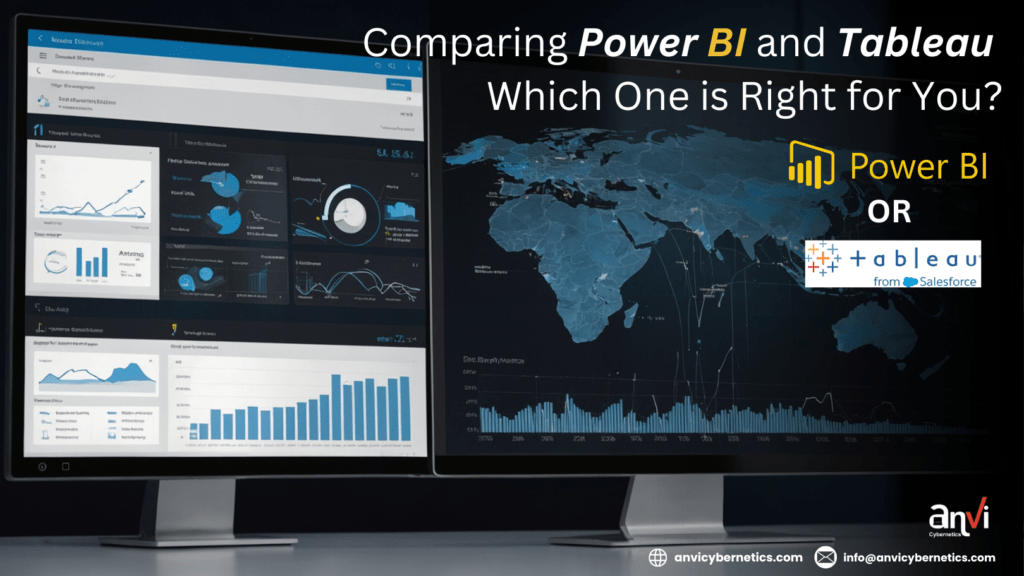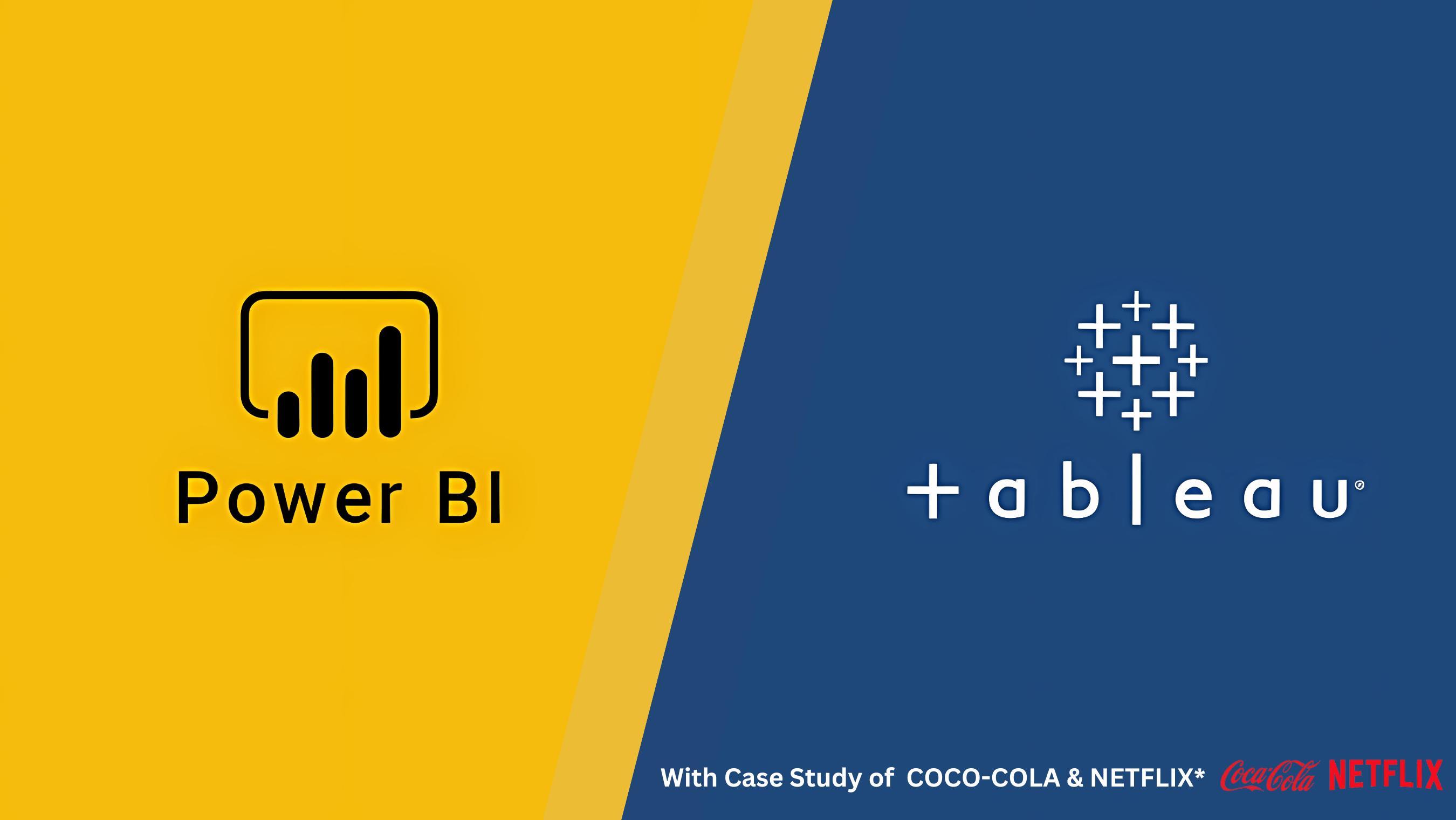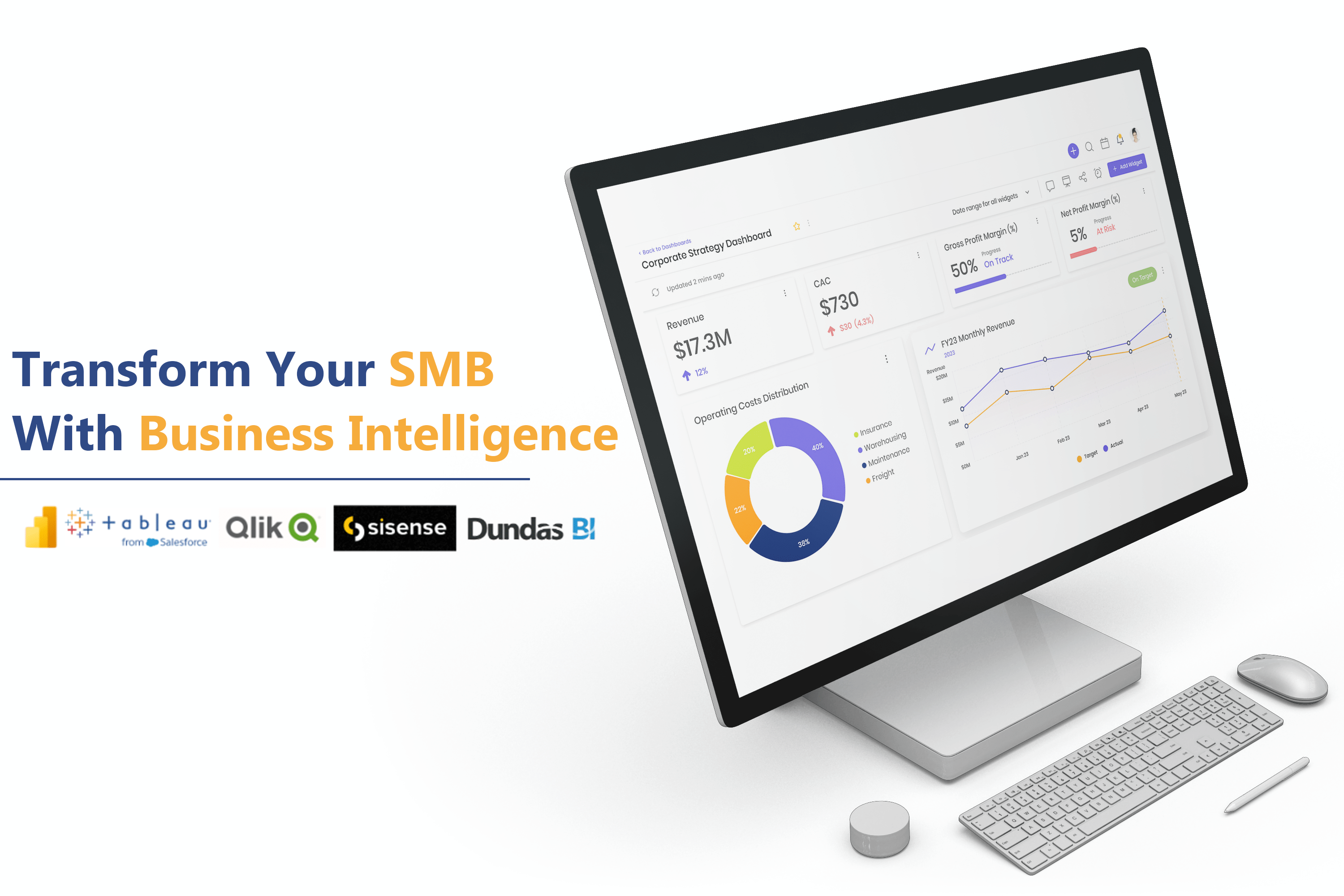
Comparing Power BI and Tableau: Which One is Right for You?
Choosing the right data visualization tool for your business can be challenging. Power BI and Tableau are two of the most popular options available today, each with its unique strengths. Whether you’re a small business looking for an affordable solution or a large enterprise needing advanced analytics, understanding the differences between these tools is crucial. In this post, we’ll compare Power BI and Tableau across various parameters like ease of use, pricing, scalability, and integration capabilities to help you make an informed decision.
Ease of Use
Power BI: Power BI is known for its user-friendly interface and seamless integration with other Microsoft products like Excel and Azure. Its drag-and-drop functionality allows users, even those with limited technical skills, to create interactive dashboards and reports easily.
Walmart uses Power BI to analyze sales data, manage inventory, and optimize supply chain operations. The easy-to-use interface allows their employees to quickly generate insights without extensive training.
Tableau: Tableau, while also user-friendly, has a steeper learning curve compared to Power BI. However, once mastered, it offers a powerful and flexible platform for data visualization. Tableau’s interface is intuitive, but its advanced features may require some training.
Charles Schwab, a leading financial services firm, uses Tableau to visualize client investment data. This allows their financial advisors to provide personalized advice based on comprehensive and detailed analytics.
Pricing
Power BI: Power BI is more affordable, making it an attractive option for small to medium-sized businesses. The Power BI Pro version costs around $10 per user per month, and there is also a free version with limited capabilities.
Tableau: Tableau’s pricing is higher, with Tableau Creator starting at $70 per user per month. While this higher cost comes with more advanced features and greater flexibility, it might be a stretch for smaller businesses.
Scalability
Power BI: Power BI is highly scalable and can grow with your business. Its cloud-based service allows for easy scaling, and it integrates well with other Microsoft services to accommodate increasing data needs.
Coca-Cola Bottling Company uses Power BI to manage and analyze operational data from their multiple plants. The scalability of Power BI ensures they can handle data from a large number of sources as their operations expand.
Tableau: Tableau is also scalable but is particularly strong in handling large data sets and complex visualizations. It supports both cloud and on-premise deployment, making it a versatile choice for growing enterprises.
SpaceX uses Tableau to analyze and visualize data from their rocket launches. The ability to handle complex data sets and perform in-depth analysis is critical for their engineering and operational teams.
Integration Capabilities
Power BI: Power BI shines in its integration capabilities, especially if your organization already uses Microsoft products. It integrates seamlessly with Azure, Excel, SharePoint, and other Microsoft services, making data importing and exporting straightforward.
Toyota uses Power BI to integrate data from various sources including their CRM and ERP systems. This integration capability allows them to maintain a holistic view of their operations, improving efficiency and decision-making.
Tableau: Tableau offers robust integration capabilities as well, supporting a wide range of data sources including cloud services, SQL databases, and even custom APIs. This makes it suitable for organizations with diverse data environments.
LinkedIn uses Tableau to analyze user data from their platform. The ability to connect to multiple data sources and perform advanced analytics helps them improve user experience and engagement.
Conclusion
Choosing between Power BI and Tableau depends on your specific needs and budget. If you’re looking for an affordable, user-friendly tool that integrates well with Microsoft products, Power BI is a great choice. On the other hand, if you need a more advanced tool with powerful data visualization capabilities and don’t mind the higher cost, Tableau might be the better option.
Ultimately, both tools offer excellent data visualization and business intelligence capabilities. Evaluate your organization’s requirements, budget, and existing software environment to make the best decision.
Share
Related Posts
June 17, 2024
Why Power BI and Tableau are Essential for Modern Data Analytics ?
Why Power BI and Tableau are Essential for Modern Data Analytics ? Let’s go through…
June 14, 2024
Transform Your SMB with Business Intelligence: Make Smarter Decisions Today!
Transform Your SMB with Business Intelligence: Make Smarter Decisions Today! Running a business without clear…






















David
June 22, 2024It's very straightforward to find out any topic on net as compared to textbooks, as I found this piece of writing at this web page.